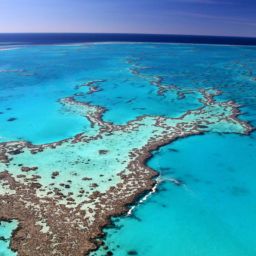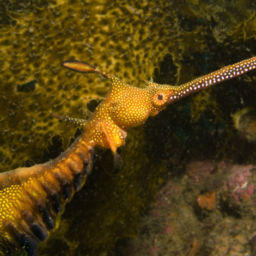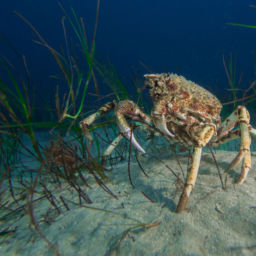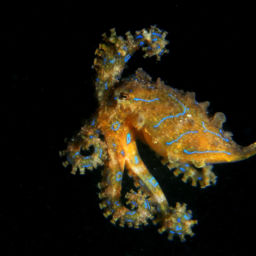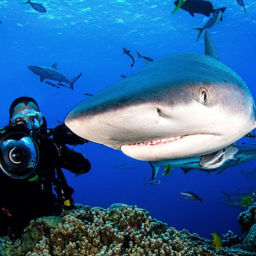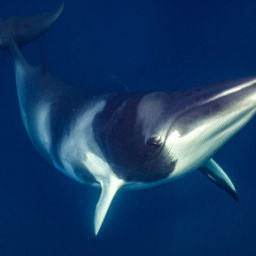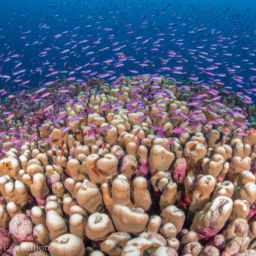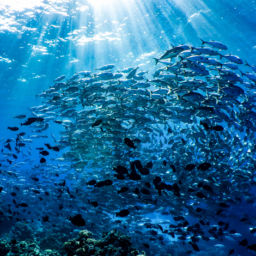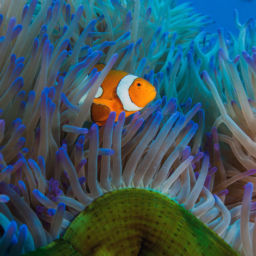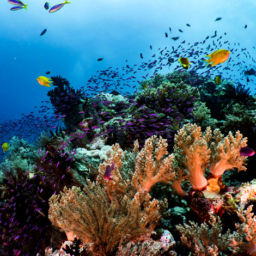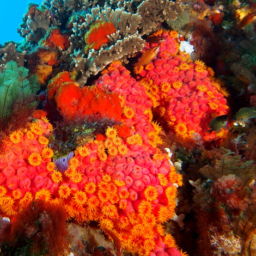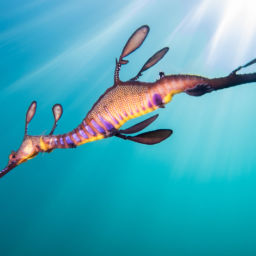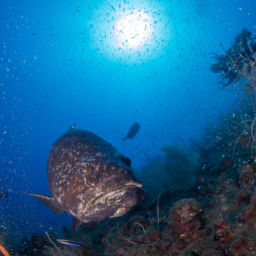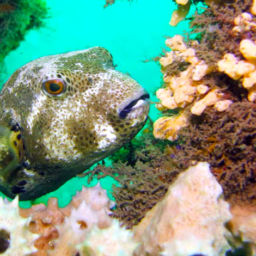When considering jellyfish of Australia, most people think immediately of the deadly box jellyfish. These famous jellies are known for stinging and badly injuring or killing unsuspecting divers and snorkelers. While these nasty cnidarians do cause chaos, Australia is home to multiple amazing species of jellyfish that rarely sting but often amaze divers. So, when you dive in Australia watch out for both the deadly and delightful. Here are our picks for the top four species you might find in these waters (including the box jelly).
Box jellyfish
Despite their fearsome reputation, most of these jellyfish are harmless to humans. However, in the northern parts of Australia two deadly species do inhabit the waters during the summer.
Chironex fleckeri, commonly known as the sea wasp, is the common name for the most dangerous of Australia’s box jellies. Deaths are, however, relatively rare with less than 10 percent of people who suffer stings requiring hospitalization. Most healthy divers will experience only a painful burning sensation if they come in contact with one. Children make up the bulk of deaths from a C. fleckeri sting, due to their smaller body mass. Wearing a full-body dive skin or rash vest at the very least can help prevent these stings while also keeping you warmer in the water and safe from the strong Australian sun.
Lion’s mane jellyfish
These giants are the largest known species of jellyfish. The largest-ever recorded specimen had a bell with a diameter of 7 feet, 6 inches (2.3 m) and tentacles of 121 feet (37 m) long. More typical specimens have bells of 3.2 feet (1 m) across and tentacles 33 feet (10 m) long. While they do possess stingers, only rare cases involving allergies have caused problems for ocean goers. Divers often spot them in the southern regions of Australia but unfortunately the animals that live in the colder waters don’t reach as prolific a size as their tropical relatives. Turtles often feed on them and thus they’re an integral part of ocean food chains. Lion’s mane jellyfish often have beautiful, deep reds within their domes, and those rich colors coupled with multiple tentacles give them an extraterrestrial vibe.
Haeckel’s jellyfish
These magnificent jellyfish are a treat to see on a dive. You’ll often find them in shallow waters near the shore, especially in enclosed bays. Here, given the right weather conditions, large populations can become trapped. Multiple species of small fish often live within these jellyfish, using them as both a food source and a form of protection from the predators in the open ocean. You can distinguish these jellyfish by their beautiful clear and lumpy domes which, along with their multiple arms, contain stinging cells. Fortunately, they only cause minor irritation.
Comb jellyfish
While not technically classed as jellyfish, their bodies are primarily made up of a type of gelatinous jelly similar to jellyfish. These banana-like animals move through the sea by using hundreds of tiny hairs along the ridges of their bodies. It is these ridges that make them such a spectacular sight — look closely and you will see vibrant colors pulsating up and down as these animals beat their cilia in unison. Comb jellyfish are completely harmless with no stingers.


